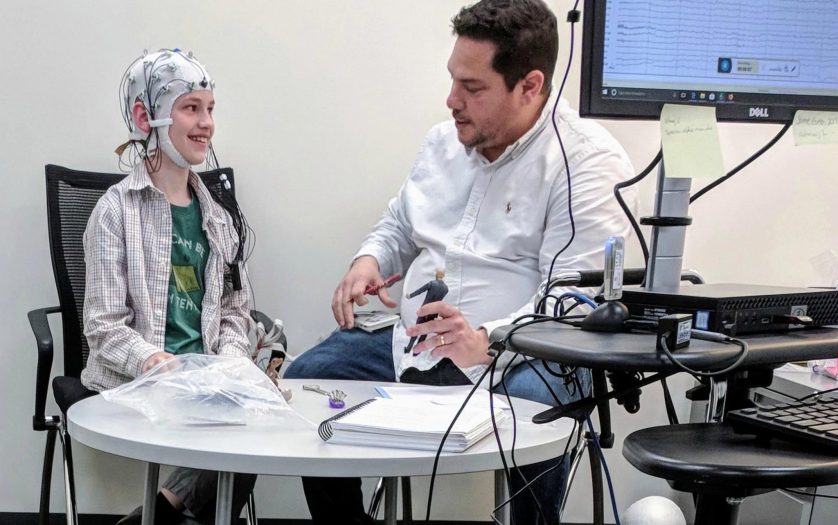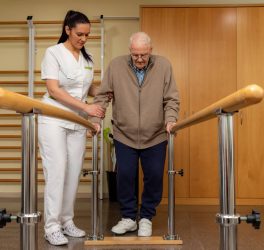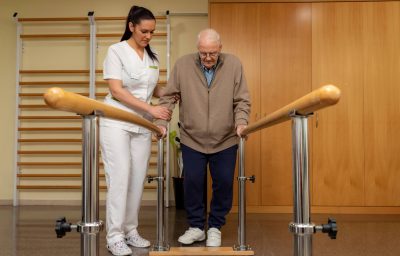
Indiana University researchers in Columbus, Indiana, are working to better understand how humans use movement to convey emotion and how one’s ability to move — or lack thereof — affects how neurodiverse people are perceived.
In everyday social interactions, movements of the limbs and hands, along with changes in body position, are used in conjunction with facial expressions to communicate various emotions, such as joy, anger, sadness and fear.
Mark Jaime, associate professor of psychology at IUPUC and principal investigator of IUPUC’s Social Neuroscience Lab, said much of the lab’s research is focused on children with autism. These children often have difficulty making controlled movements, which may impact their ability to both communicate and process social information through movement.
“We’re interested in how someone perceives movements from atypical populations like children with autism,” Jaime said. “If we are expecting certain movements to give us certain social and emotional cues, maybe children with autism can’t express that because it’s a movement they can’t do.”
Jaime said because of these communication barriers, children with autism sometimes find it harder to assimilate with their peers, making them prone to being teased or bullied in school.
“What we discover may be put to use in treatments or therapies to assist children with autism, such as helping their school peers understand the differences between children who are neurotypical versus children who are neurodiverse,” he said.
Jaime’s collaborator, Elizabeth daSilva, assistant director of the Social Neuroscience Lab and assistant professor of psychology at IUPUC, recently received a $10,000 research grant from IUPUI to support this work.
To understand the unique contribution of movement in conveying social information, their research uses point-light displays — videos that feature moving dots on a black background — where information about facial features and other details of the expresser’s identity are not available.
So far over 150 research participants have completed behavioral studies rating point-light movements on the emotional properties they convey, including pleasantness, intensity, and the level of activity.
The researchers said key findings emerging from these studies include:
- Participants can use emotional properties gleaned from movement alone to discriminate between emotion categories.
- Intensity and speed are particularly important cues for the perception of fearful movements.
Jaime and daSilva are currently developing an electroencephalography study to examine neural activity while people view emotional movements. Electroencephalography measures electrical activity on the scalp with high accuracy to the millisecond, making it ideal for investigating rapid emotional processing.
“We have a hypothesis that our brains can utilize the physical properties of movement to map them onto emotional states,” daSilva said.
The researchers hope to extend the study to include older children and adolescents to investigate how sensitivity to different properties of emotional movement may change over time. Their long-term goal is to understand individual differences in movement perception in typically developing populations, as well as in populations with clinical disorders such as autism.
“By knowing more about these disorders, we may become more tolerant and accepting,” Jaime said.








